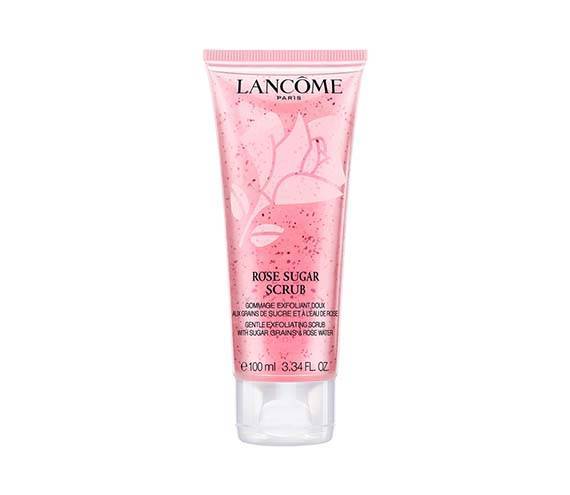How to Exfoliate Your Skin Correctly for a Brighter, Smoother Complexion
January 11, 2022Regularly exfoliating your skin is key for achieving a smooth, even and glowing complexion. But before you pick up any facial scrub or an at-home chemical peel, there are some things you need to know. To create an exfoliation routine that works best for your skin type and needs, it’s important to understand the difference between exfoliation methods and how to incorporate this step into your routine. Find all of the answers to your exfoliation questions and more below.
What Is Exfoliation?
Exfoliation is the process of removing dead surface skin cells and debris from the outermost layer of skin and pores. There are two ways to do this: manually with a physical scrub or chemically with skincare acids.
Physical scrubs typically contain ingredients like salt or sugar that help slough off the dead surface skin cells. You can apply them on wet skin and rinse for an instantly smoother complexion. This process can be irritating, though, so it’s best to only exfoliate this way two to three times a week. One of our favorite physical scrubs is the Lancôme Exfoliating Rose Sugar Scrub because it warms the skin on contact for a relaxing spa-like experience.

Chemical exfoliants utilize exfoliating acids to break up and dissolve surface skin cells and debris. Popular acids include beta-hydroxy acids (BHAs), like salicylic acid, and alpha-hydroxy acids (AHAs), like glycolic acid and lactic acid. BHAs are oil-soluble and great for acne-prone skin, while AHAs are water-soluble and can be especially beneficial for dry, normal and mature skin types.
If you’re looking for a product with BHAs, try the Vichy Normaderm Phytoaction Daily Deep Cleansing Gel. As for AHAs, our favorite product of the moment is the CeraVe Skin Renewing Nightly Exfoliating Treatment.

The Benefits of Exfoliation
The skin’s natural desquamation process — the shedding of dead surface skin cells to reveal new, healthy-looking skin underneath — slows as we get older. This, paired with the loss of moisture that can occur as skin ages, causes a buildup in pores and on the surface that results in a dull, sallow-looking skin tone, as well as acne. Exfoliation helps to gently remove this buildup, revealing a brighter, clearer complexion. Regular exfoliation can also help your other skincare products penetrate better and thus improve results.
How to Exfoliate at Home
The first step in ramping up your exfoliation routine is to first pick an exfoliator, but after that it’s important to learn how often you should exfoliate to achieve your desired results without irritation. According to Dr. Dendy Engelman, a New York-based board-certified dermatologist and Skincare.com consultant, how often you should exfoliate varies from person to person. “Some [people’s skin] can only handle exfoliating once a week, while others need it every day,” she says.
Start with a lower frequency and work your way up if your skin is tolerating the exfoliation well (i.e. you don’t notice any redness, irritation or other adverse effects). If you start to experience irritation, scale back to let your skin heal. Always pay attention to how your skin is reacting and work from there, and when in doubt, consult your dermatologist.
Photo: Chaunte Vaughn
Read More:
Which L’Oréal Pure Sugar Scrub Is Right for You?
5 Peeling Skincare Products That Can Help You Achieve the Glowiest Skin Ever
How to Fade the Appearance of Scars, According to a Derm


